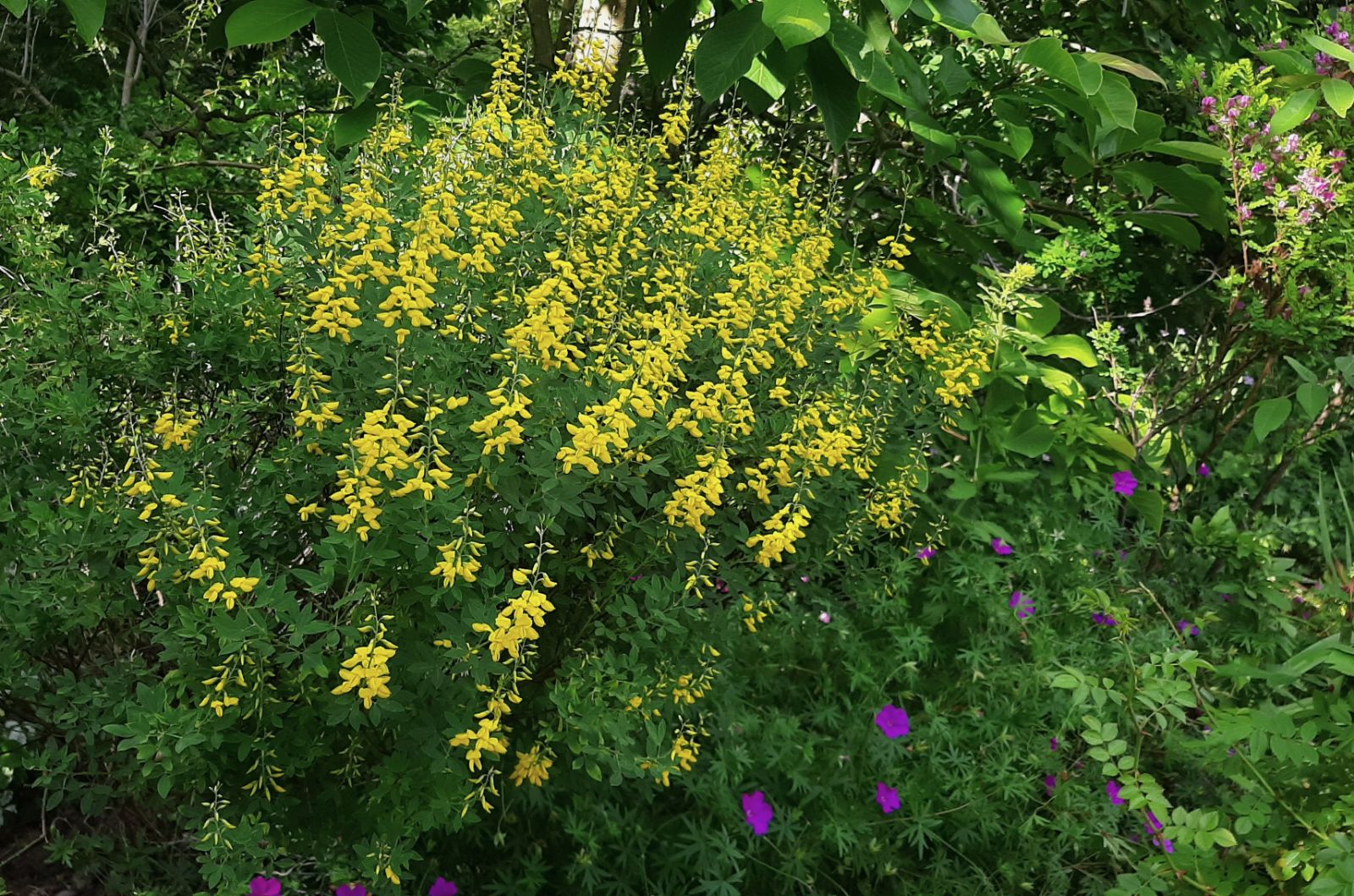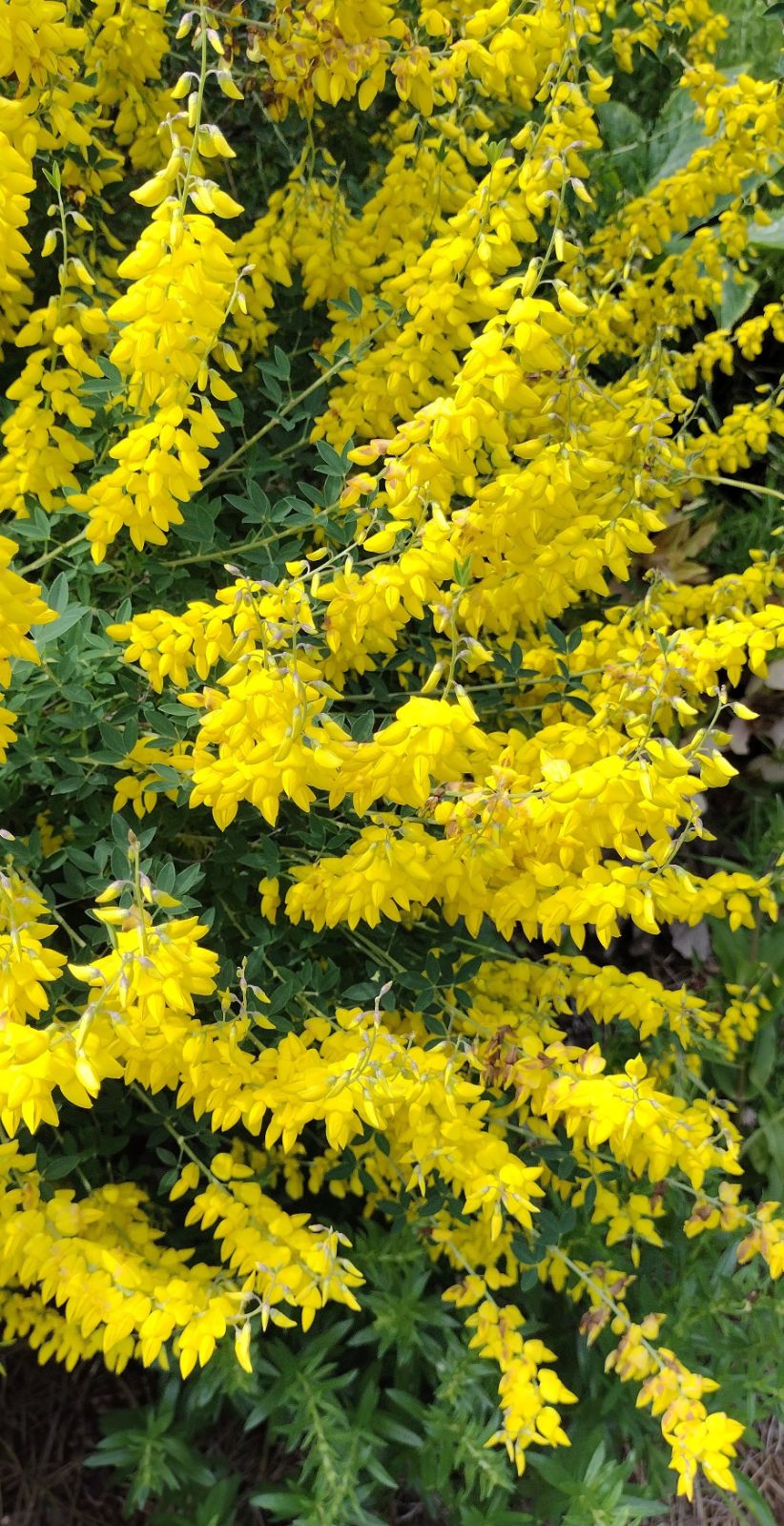Cytisus nigricans
Credits
Article from Bean's Trees and Shrubs Hardy in the British Isles
Recommended citation
'Cytisus nigricans' from the website Trees and Shrubs Online (treesandshrubsonline.
Genus
Synonyms
- Lembotropis nigricans (L.) Griseb.
Infraspecifics
Other taxa in genus
- Cytisus albus
- Cytisus ardoinii
- Cytisus austriacus
- Cytisus battandieri
- Cytisus × beanii
- Cytisus × dallimorei
- Cytisus decumbens
- Cytisus demissus
- Cytisus diffusus
- Cytisus emeriflorus
- Cytisus fontanesii
- Cytisus grandiflorus
- Cytisus hirsutus
- Cytisus ingramii
- Cytisus × kewensis
- Cytisus monspessulanus
- Cytisus multiflorus
- Cytisus palmensis
- Cytisus × praecox
- Cytisus procumbens
- Cytisus proliferus
- Cytisus purgans
- Cytisus purpureus
- Cytisus racemosus
- Cytisus ratisbonensis
- Cytisus rochelii
- Cytisus scoparius
- Cytisus sessilifolius
- Cytisus × spachianus
- Cytisus supinus
- Cytisus supranubius
- Cytisus tommasinii
- Cytisus × versicolor
A deciduous shrub 3 to 5 ft high, with erect, round branches covered with appressed down. Leaves trifoliolate, with main-stalks 1⁄4 to 3⁄4 in. long; leaflets 1⁄2 to 1 in. long, obovate or oval, with scattered hairs beneath. Flowers yellow, in erect slender racemes, terminating the shoots of the year, and sometimes more than 1 ft long. Whilst the racemes are themselves leafless, they frequently extend into leafy growth above the flowers. Flowers crowded on the raceme, each one 1⁄3 to 1⁄2 in. long, and borne on a slender, rather shorter, hairy stalk. Calyx somewhat helmet-shaped, hairy. Pod 1 to 11⁄2 in. long, 1⁄5 in. wide, hairy. Bot. Mag., t. 8479.
Native of Central and S.E. Europe; introduced in 1730. This broom is very distinct among its kind, because of its long terminal racemes, which commence to open flowers in July, and continue until the end of August. Flowering as it does on the shoots of the current year, it should be pruned in spring before growth commences. It is wise also to remove the racemes when the flowers are over, so as to prevent excessive seed formation. A group of this broom in the front of a shrubbery is very effective but, although quite hardy, it is short-lived in some soils. The flowers turn black when dried, a peculiarity (not confined to this species) on which Linnaeus based the specific name.
'Cyni'
Awards
AGM
A more compact selection, noted for its free-flowering (Edwards & Marshall 2019).




